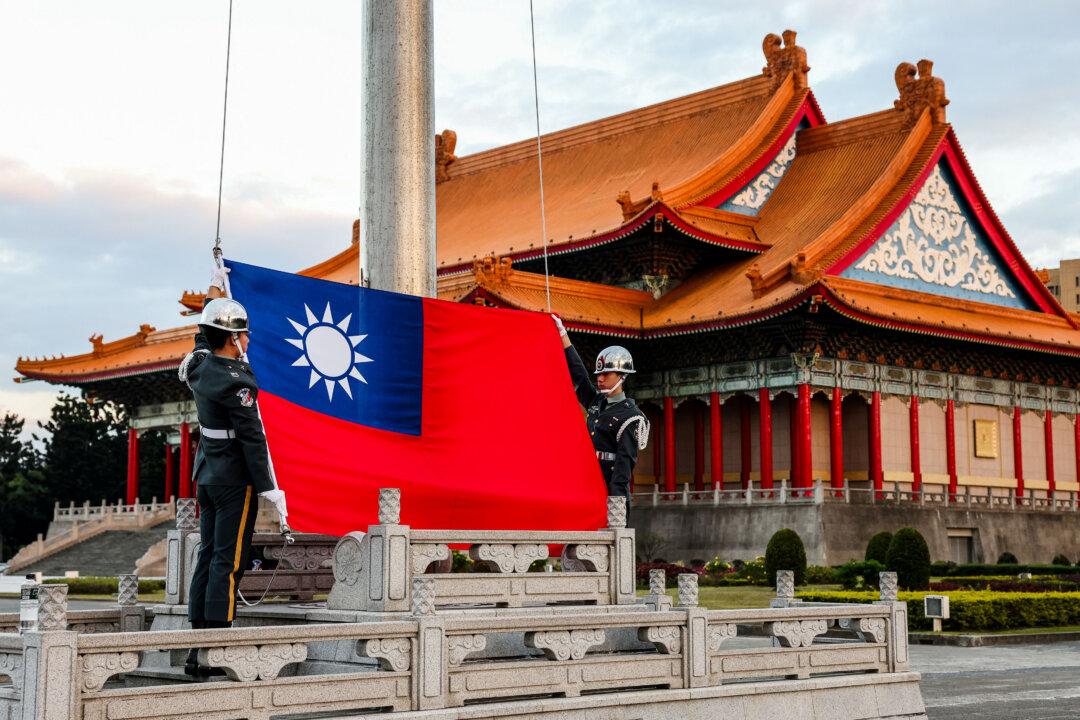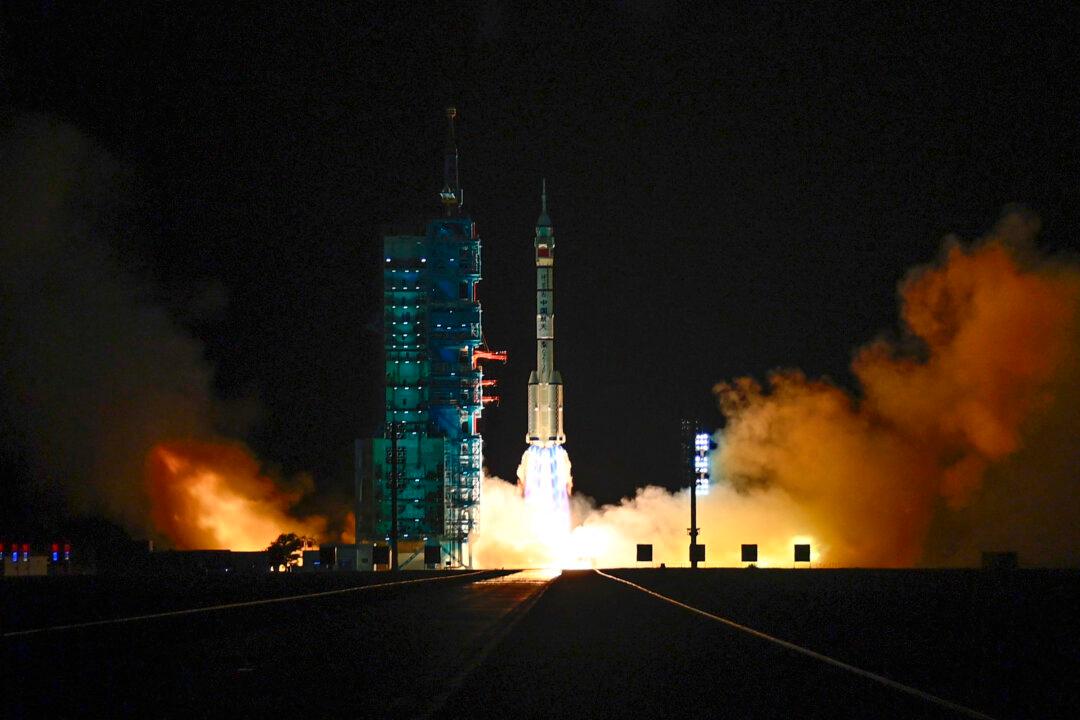Joint military exercises between China and Belarus, conducted near the border with NATO member Poland, began on July 8. The move was widely seen as a provocation by the Chinese Communist Party (CCP) against NATO.
Taiwanese experts point out that it is an unwise strategy that has served to alarm the United States and its NATO allies, bringing them closer together.
The day before the NATO summit began, the Chinese and Belarusian armies began an 11-day joint operation in Brest, Belarus. The exercise, named “Eagle Assault 2024,” took place at the Brest ski training ground, less than two miles from Poland and 17 miles from Ukraine.
“The Belarus-China drills demonstrate how China is moving ever closer to NATO in Europe, as well as in Africa, the Arctic, and elsewhere,” said NATO Secretary-General Jens Stoltenberg on July 12, following the NATO summit. He described the drills as a “demonstration of cooperation between authoritarian regimes” that support Russia in its conflict with Ukraine.
Belarus has joined the CCP’s “Belt and Road Initiative” and the Shanghai Cooperation Organization, establishing a comprehensive strategic partnership. Following Belarus’s inclusion in these initiatives, the two countries have seen rapid development in both trade and international political cooperation. The recent joint military exercises further underscore this alliance and demonstrate Belarus’ strategic role in providing China with a foothold in Eastern Europe capable of directly deterring NATO forces.
From July 14–17, the CCP and Russia held a joint maritime exercise in the South China Sea, which included air defense, anti-submarine warfare, and maritime rescue operations. Senior media figure and military commentator Qi Leyi told Chinese edition of The Epoch Times that these simultaneous exercises in the Asia-Pacific and Europe are aimed at countering the U.S.-led strategic deployment in the Indo-Pacific.
US and NATO Warnings
The recent NATO Summit in Washington highlighted the organization’s commitment to increasing collective awareness, strengthening resilience, and preparing for potential threats from CCP.As the CCP builds up its military strength and continues its expansion in the Indo-Pacific region, particularly in the East China Sea, Taiwan Strait, and South China Sea, it poses direct threats to Taiwan, Japan, and the Philippines. Since 2022, NATO has invited its Indo-Pacific partners—Japan, South Korea, Australia, and New Zealand—to participate in summits.
This year’s NATO Summit Declaration underscored the importance of the Indo-Pacific region to Euro-Atlantic security. NATO aims to deepen partnerships and address common security challenges with leaders from Australia, Japan, New Zealand, South Korea, and the European Union.
Su Tzu-yun, director of Taiwan’s Institute for National Defense and Security Research, explained to The Epoch Times that free navigation in the Indo-Pacific is crucial for NATO because of the important trade routes between Northeast Asia and Europe. In particular, South Korea, Japan, and Taiwan are vital to NATO’s supply chains. As the Indo-Pacific region faces threats from the CCP, it’s only natural that NATO’s influence extends into the region.
“This year, six countries, including France, the Netherlands, Turkey, and the United Kingdom, have sent ships through the Taiwan Strait. This demonstrates NATO’s stance against the CCP’s threats,” Mr. Su said.
U.S. national security adviser Jake Sullivan recently announced that NATO and its Indo-Pacific partners will launch four new joint projects focused on Ukraine, artificial intelligence, disinformation, and cybersecurity, highlighting the growing connection between the United States, Europe, and the Indo-Pacific region.
Mr. Qi noted that the integration of Europe with Indo-Pacific security cooperation is the biggest shift since the Cold War, marking a huge change in international politics and global security.
“The CCP has made significant strategic mistakes, awakening the U.S. strategy and uniting the U.S. government and opposition parties in viewing the CCP as a potential enemy,” he said.






